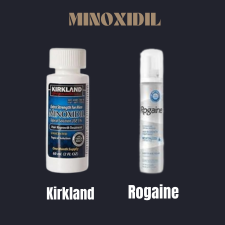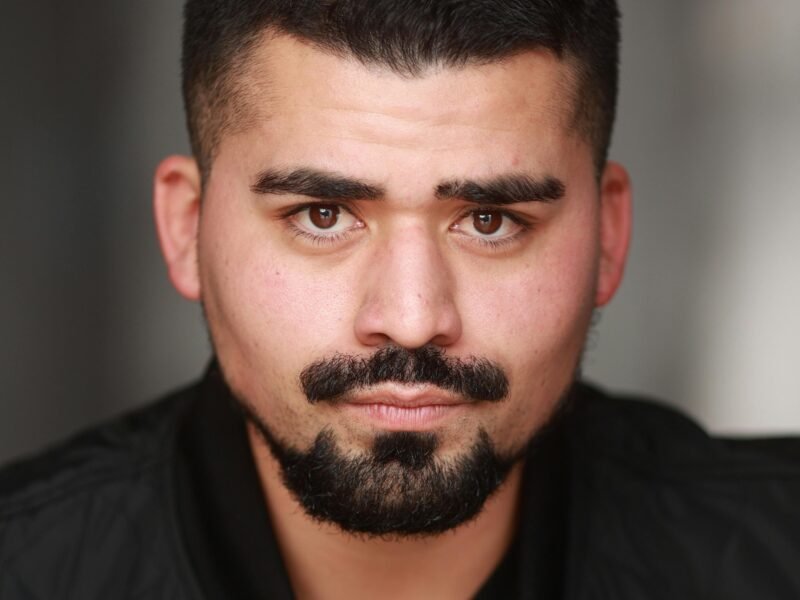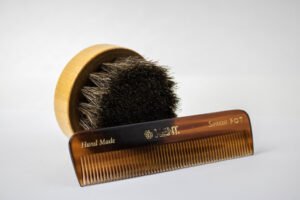A common product for beard development these days is minoxidil. It was used for hair growth at first, but as time went on, it has become successful in stimulating beard growth. It makes beards thicker and fuller, targeting areas with sparse hair and patchiness. Minoxidil can even work for those who grow very little or almost no beard on their face. You may find a wealth of information on minoxidil in this blog. So please read on below.

What Is Minoxidil?
Minoxidil is an FDA-approved medication primarily used to combat hair loss. Originally designed to treat high blood pressure, it’s now widely recognized under brands like Rogaine or Regaine. Available in various forms like foam or serum, it’s proven effective in regrowing hair on the scalp. Interestingly, it’s also gaining popularity for enhancing beard growth, although this use hasn’t been extensively studied. While it’s readily available over the counter, it’s crucial to seek medical advice before use.
How Does Minoxidil Work?
Minoxidil works by stimulating blood flow to the hair follicles, delivering essential nutrients and oxygen. This process strengthens the follicles and can slow down balding while promoting hair growth. Although the exact mechanism isn’t fully understood, minoxidil’s vasodilating properties widen blood vessels, enhancing circulation when applied topically. This leads to thicker, longer hair, making it a popular choice for combatting hair loss. For beard growth, applying minoxidil to the lower face, chin, and neck area can yield similar results.
How Long Does It Take To Grow?
The timeline for achieving a fuller beard with minoxidil varies from person to person. Just like scalp hair, facial hair growth has its own pace. Typically, you may start noticing some beard growth within four to six months of consistent use. However, it can take up to a year or even longer to see significant results. Minoxidil accelerates the growth process, encourages faster turnover, and stimulates the growth of new hair by reducing the length of time that hair follicles rest. To grow a full beard, some people may need to apply products every day for two to seven years. Patience is key, as results can vary depending on individual factors such as hormone levels and existing beard growth.
Is It Permanent?
While minoxidil can effectively stimulate beard growth, it’s important to understand that its effects may not be permanent. Just like with scalp hair, once you stop using minoxidil, any gains made in beard growth may diminish over time. Scientific research hasn’t shown long-term beard growth after discontinuing minoxidil use. Additionally, it’s crucial to consult a medical professional before starting a minoxidil regimen, especially for younger individuals, as there can be side effects and uncertainties regarding its impact on beard growth.
Side Effects Of Minoxidil
While minoxidil can be effective in growing a fuller beard, it’s important to be aware of potential side effects. These can include skin irritation, itching, and allergic reactions, as well as unwanted hair growth in unintended areas. Rarely, more serious side effects including chest pain or vision issues occur. It’s advisable to conduct a patch test before full application and consult a doctor if experiencing persistent side effects. Common side effects like dry skin or heart palpitations typically subside over time with proper skincare and monitoring.
Minoxidil has shown to be a good choice for people who want to grow their beard longer, and it can result in fuller, thicker facial hair. While results can vary and may not be permanent, consistent use, along with proper medical guidance, can yield noticeable improvements. Being aware of potential side effects and conducting patch tests are essential steps for safe usage. With patience and persistence, many can achieve their desired beard growth goals.



